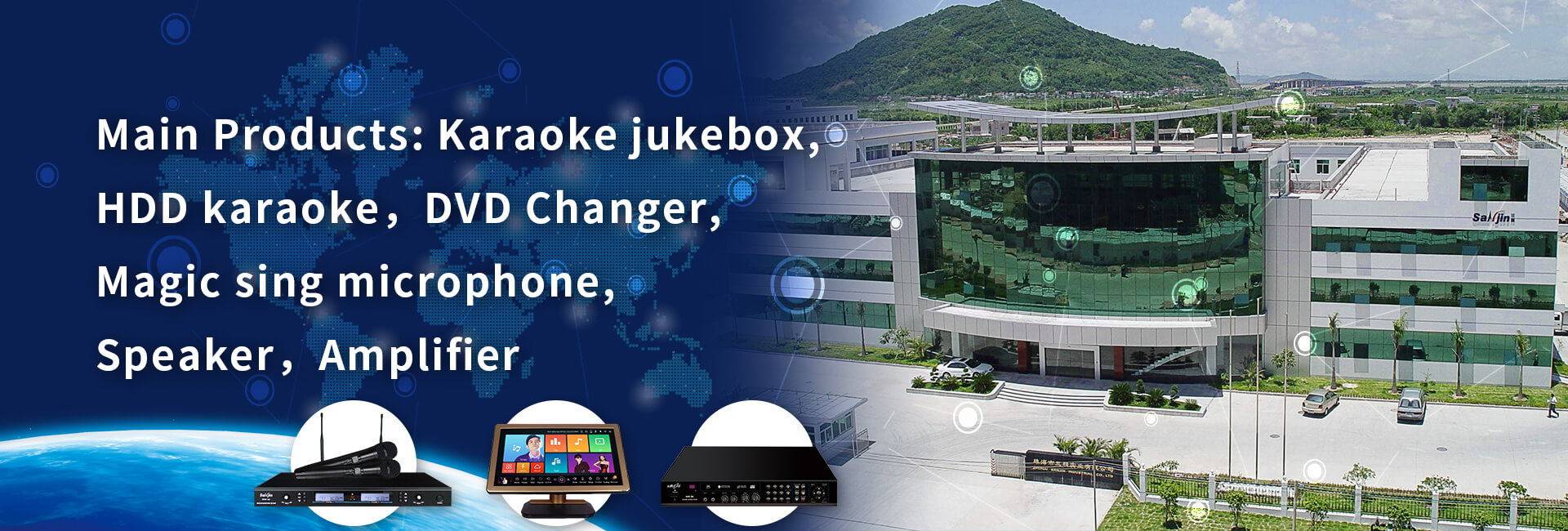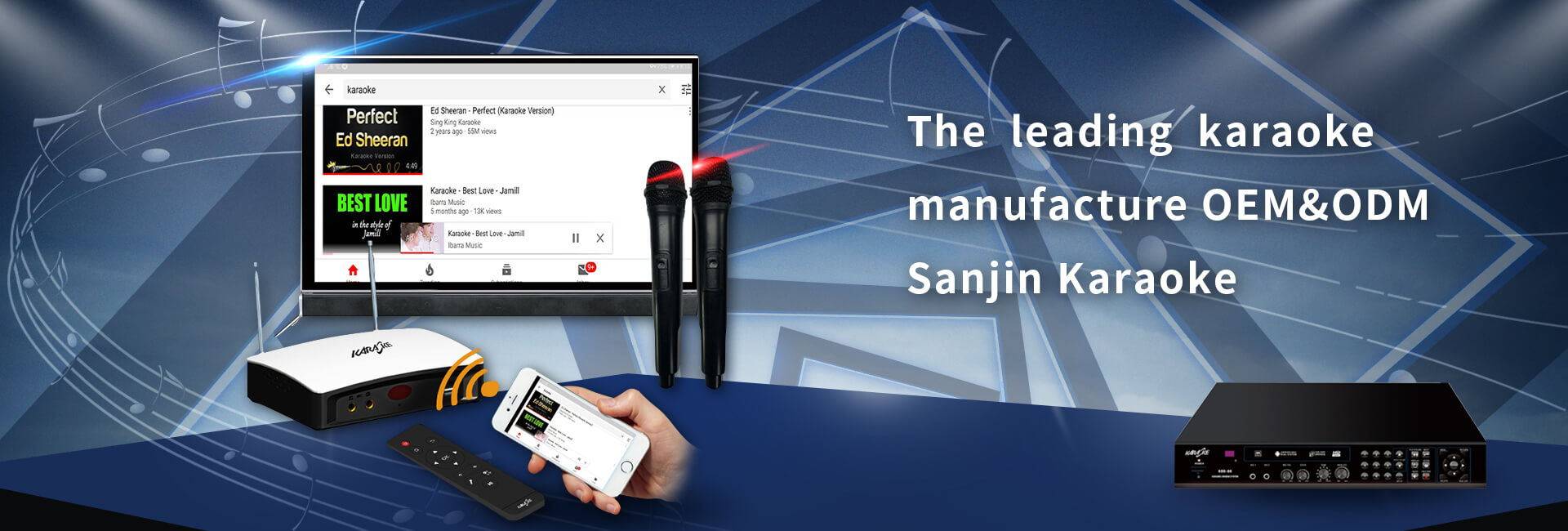The integrated audio power amplifier is referred to as set success. The function of the integrated amplifier is to amplify the power of the weak electrical signal sent by the front-stage circuit, and generate a large enough current to drive the speaker to complete the electro-acoustic conversion. The integrated amplifier is widely used in various audio power amplifier circuits because of its simple peripheral circuit and convenient debugging.
Commonly used sets include LM386, TDA2030, LM1875, LM3886 and other models. The output power of the integrated amplifier ranges from hundreds of milliwatts (mW) to hundreds of watts (W). According to the output power, it can be divided into small, medium and high power amplifiers; according to the working status of the power amplifier tube, it can be divided into Class A (A Class), Class B (Class B), Class A and B (Class AB), Class C (Class C) and Class D (Class D). Class A power amplifiers have small distortion, but low efficiency, about 50%, and large power loss. They are generally used in high-end home appliances. Class B power amplifiers have higher efficiency, about 78%, but the disadvantage is that they are prone to crossover distortion. Class A and B amplifiers have the advantages of good sound quality and high efficiency of Class A amplifiers, and are widely used in home, professional, and car audio systems. There are fewer Class C power amplifiers because it is a power amplifier with very high distortion, which is only suitable for communication purposes. Class D audio power amplifier is also called digital power amplifier. The advantage is that the efficiency is the highest, the power supply can be reduced, and almost no heat is generated. Therefore, there is no need for a large radiator. The volume and quality of the body are significantly reduced. In theory, the distortion is low and the linearity is good. The work of this kind of power amplifier is complicated, and the price is not cheap.
The power amplifier is referred to as the power amplifier for short, and its purpose is to provide the load with a large enough current drive capability to achieve power amplification. Class D power amplifier works in the on-off state. In theory, it does not require quiescent current and has high efficiency.
The sine wave audio input signal and the triangular wave signal with a much higher frequency are modulated by the comparator to obtain a PWM modulation signal whose duty cycle is proportional to the amplitude of the input signal. The PWM modulation signal drives the output power tube to work in the on-off state. The output end of the tube obtains an output signal with a constant duty cycle. The amplitude of the output signal is the power supply voltage and has a strong current drive capability. After signal modulation, the output signal contains both the input signal and the fundamental components of the modulated triangle wave, as well as their higher harmonics and their combinations. After LC low-pass filtering, the high-frequency components in the output signal are filtered out, and a low-frequency signal with the same frequency and amplitude as the original audio signal is obtained on the load.
Post time: Jan-26-2021





